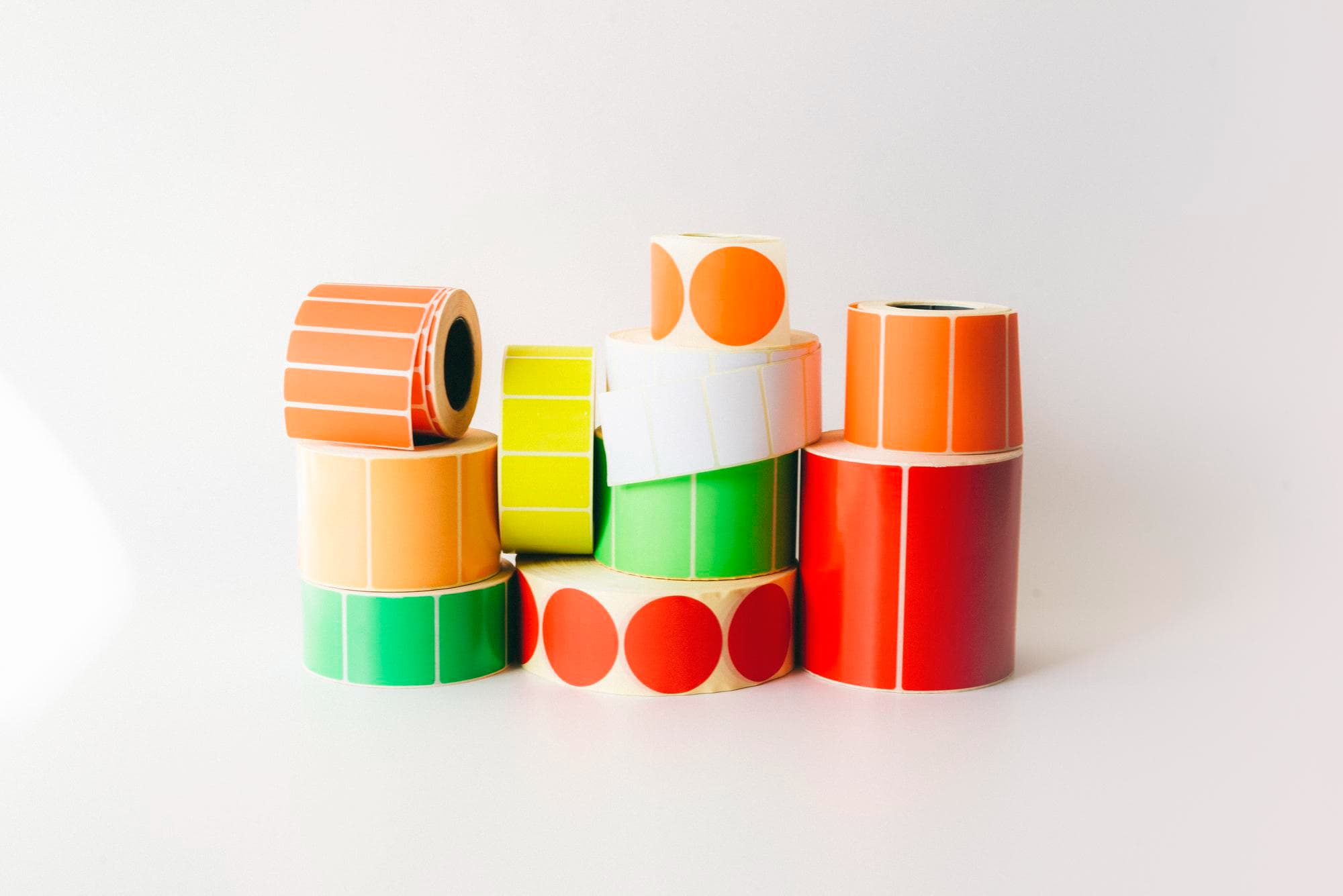After a cascade of searches, reading about label printing, like how to
print labels from Google Docs or how to make perfect labels that make a
statement, you have arrived here, looking for tips for great label
printing.
It is to be duly noted that, labels which only provided product information
are a thing of the past now. And today, labels have a use in almost every
industry and every product. From labels that can create a statement image
for the products of a brand, to labels that are used to label samples in a
laboratory, there is a great variety. And to ensure that you are printing
labels properly and not wasting anything, it is advised to read about
printing labels if you are doing it for the first time.
Some General Guidelines
While making labels and printing, all the attention is on the striking
design elements. However, all the apparently “small” choices you have to
make while developing a new label might make the difference between a
successful catchy label and a lame one. Before you begin printing the
labels, keep an eye out for the following things.
- Storage – When you buy the label sheets or rolls, keep them in their
original packaging in a cool and dry place, away from the sunlight and
excessive heat until you decide its time to use them. - Temperature – Before using them, take them out of the packaging and let
them rest at room temperature so that when printing, no problems arise. - Sticking to one another – Labels sheets can sometimes stick together if
not stored properly, and thus before loading them into the printer, you
should ensure that all the sheets are separated from one another.
Otherwise, they could jam your printer. - Pilot Test – Before loading the label, you have to check what side is
the correct or else the printing may take place on the back of the
label because it was upside down. Either check the manual for details
or use paper. - Calibration – Ensure that your printer is calibrated properly according
to the label roll or sheet you are using, or the print will be improper
and all over the place.
Tips for the printing process
Apart from the precautions taken above, there are many other things that
you need to keep in your mind when starting the printing process. Please
note that, keeping things in check and creating the desired kind of label
is the key in getting your product in customer’s eyes.
Colors
What you see on your screen is colors created by the RGB, meaning red,
green and blue. However, most of the printers at home or offices do not use
RGB, rather they rely on CMYK (cyan, magenta, yellow and black). Due to
this difference, the colors of the labels you created on Google docs or any
other platform may not exactly match what you see when printed. The other,
but more costly option is the Pantone Color option. It is very much close
to the colors we see on screen. However, most users will not use Pantone
when creating labels on a small scale.
Permanence
Not all stickers are made to last indefinitely. The longevity of your work
will vary depending on the ink, print method, and paper you use, so make
sure you’re using the appropriate ones. Not every label you create will
need to endure the test of time or be resistant to fading from the sun and
rain. But if that’s your goal, make sure to research your supply options.
Die Cutting
Shaped stickers provide a powerful visual impact that draws attention to
the key components of your design. The quickest and simplest way to
precisely cut your labels or decals to size is through die cutting. Sticker
printing is frequently made quick and simple by the use of die cutting on
professional presses, but you can also opt to do it with a laser cutter.
Don’t use large areas of Solid Colors
It’s difficult to print solid color consistently over large regions and it
is not cheap either. Pantone will print more uniformly and with greater
clarity, but it will cost more than CMYK printing. Avoiding creating
stickers with broad solid-color regions is the solution here.
To sum up,
Label printing differs from printing on standard paper. Regular paper is
substantially thinner than the stock of labels. To account for this
distinction, one must modify the printer’s settings. A thoughtfully created
product label can go a long way toward separating out from the competition.
It may make customers more aware of the item and affect their decision to
buy. Sticker printing can seem like a difficult endeavor, but if you
understand the procedure and are aware of the potential errors, you can
concentrate on developing the creative side of your design and print
amazing labels.

No responses yet